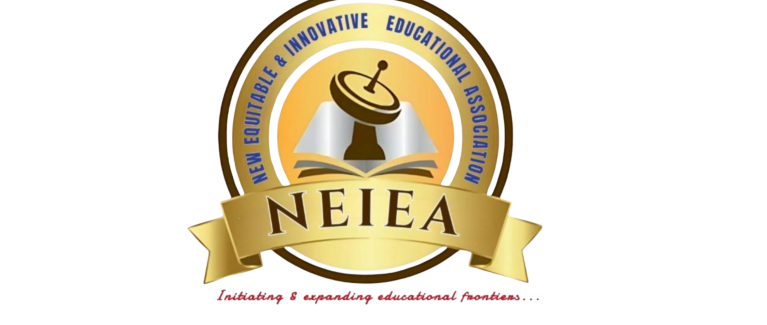
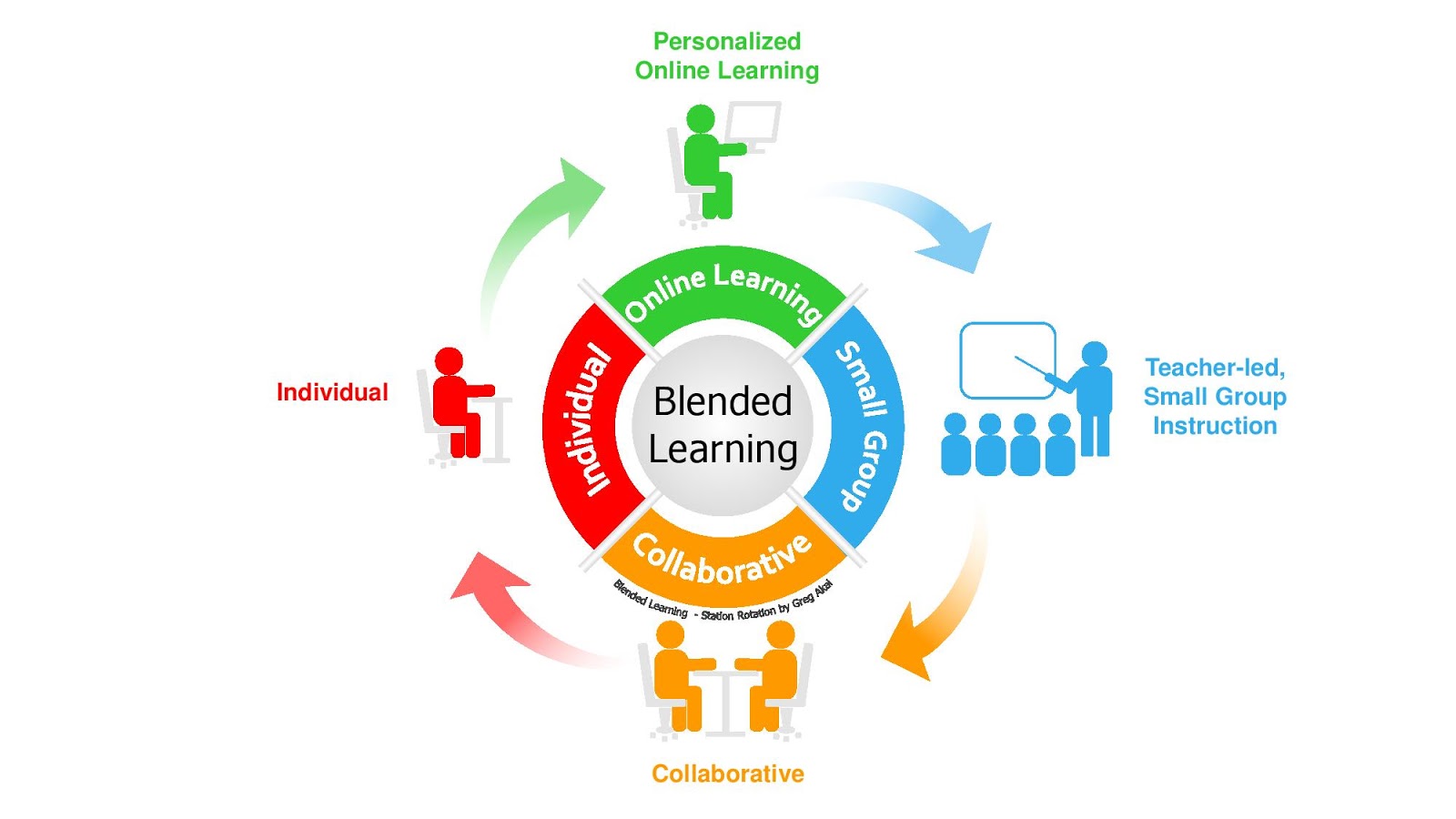
NEIEA's blended learning model
The NEIEA paradigm is a blended model of education that integrates online learning with offline/classroom teaching.
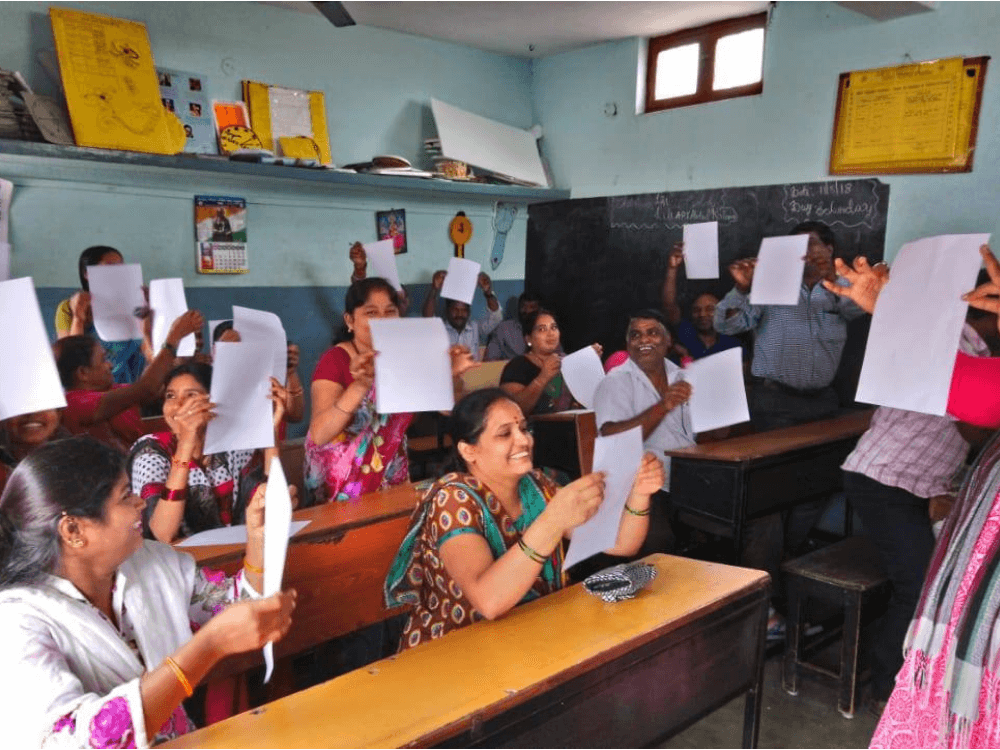
The online learning process begins by establishing a Lead Center, which serves as the foundation for recruiting qualified and experienced teachers across diverse subject areas. These teachers undergo comprehensive training in Discourse Oriented Pedagogy (DOP) and familiarize themselves with Google Classroom technology. Following their training, these educators transition into the role of Mentor Teachers. Collaboratively, a team of Mentor Teachers develops lessons utilizing the principles of DOP across various subjects such as English, Mathematics, Science, and more. The scope of these lessons extends to cover syllabi and topics stipulated by national educational bodies like NIOS, CBSE, and NCERT. These subject materials are tailored to cater to different levels of learning including Beginners, Proficiency, and Exam Preparation tiers.
Upon the completion of lesson preparation, an extensive outreach campaign is initiated to attract and enroll learners. The campaign specifies a designated commencement date, and a wide-reaching promotional effort is orchestrated through social media platforms and community networks. The objective is to encourage potential learners to register for the program. For registration purposes, Google Forms are utilized. The registration process is designed to be user-friendly and accessible, with instructional resources provided in multiple languages via videos and chat interfaces. Students are prompted to indicate their chosen subject as well as their preferred level of learning. The learner-centric approach accommodates individual schedules, allowing students to select convenient learning timings. Adhering to NEIEA regulations, the learning window spans from 6 am to 9 pm, enabling one-hour sessions on a weekly basis. A typical course duration spans 90 days.
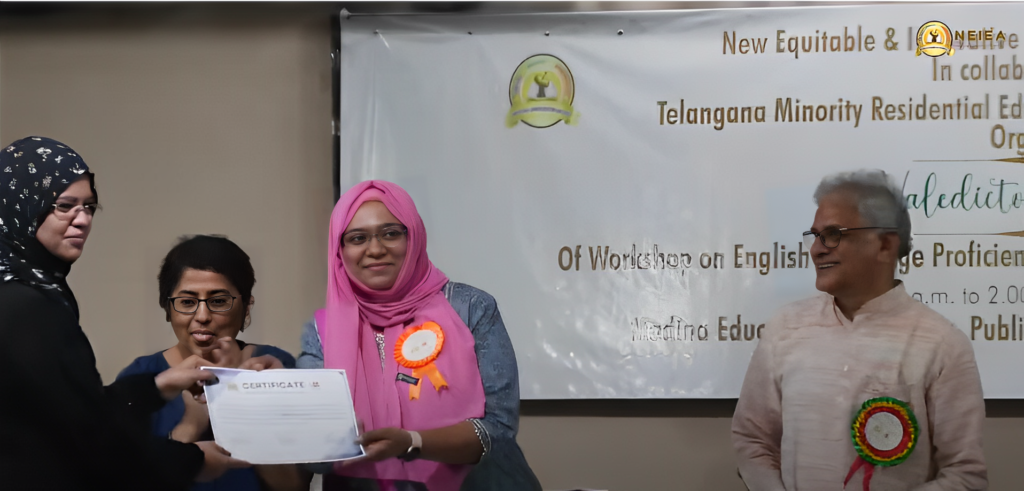
Certification
The student’s performance is monitored through multiple assessments. A certification of completion is given on passing the course and on having 85% attendance.
Individual learning
Students can choose to learn individually using a smartphone or iPad/laptop or to learn in a classroom setting. Due to the timing flexibility, students can study at home early in the morning or in the evening using their parent’s smartphone.
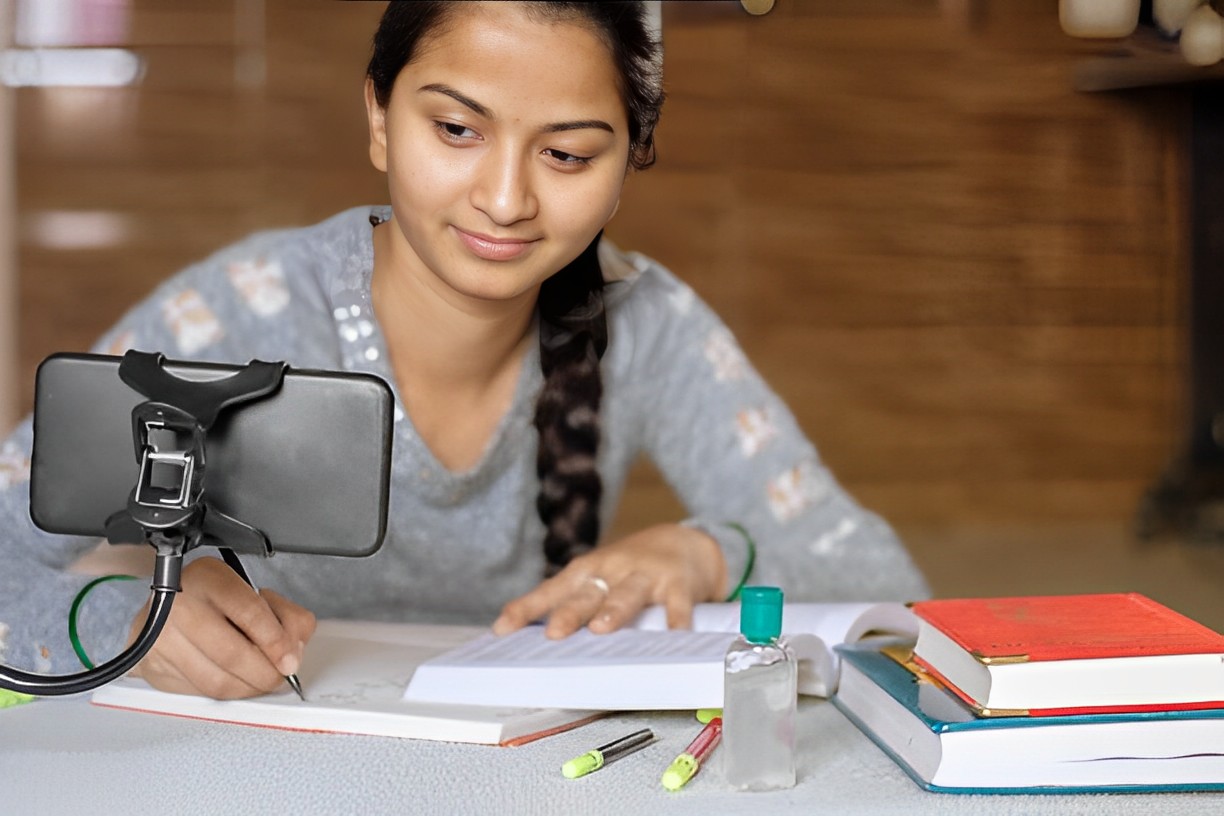
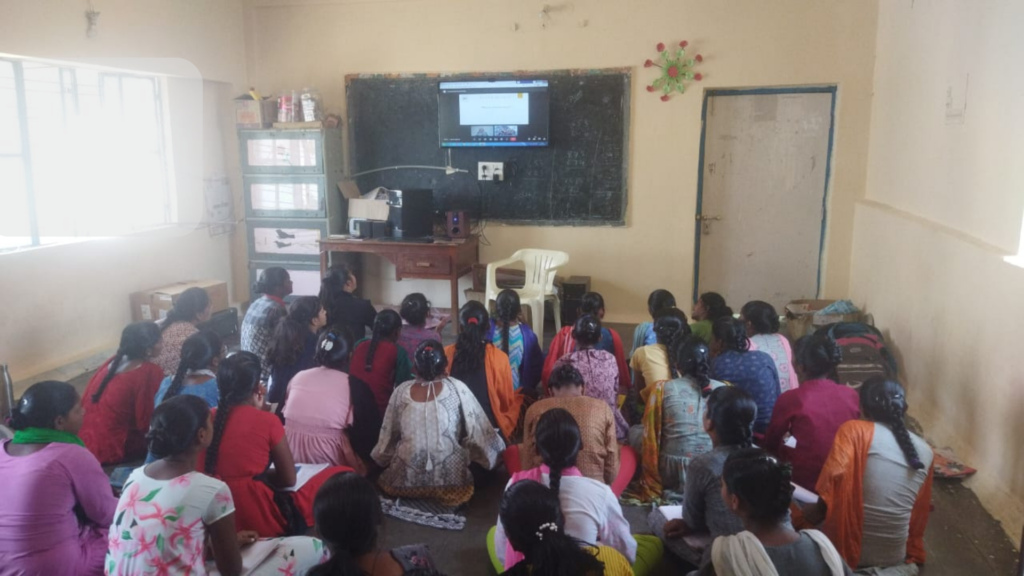
Classroom learning
Enhance classroom learning with advanced infrastructure. Request school management to set up a large classroom with LED screen, Internet, microphone, webcam, printer, and scanner. This supports hundreds of students in consecutive batches, optimizing their learning experience.
Teacher training
School management appoints a teacher who collaborates with a Mentor Teacher. The appointed teacher assists in classroom discipline, distributing learning materials, and assigning homework as directed by the Mentor Teacher. Daily exposure to Mentor-led lessons helps the teacher absorb live learning, enabling continuous training.

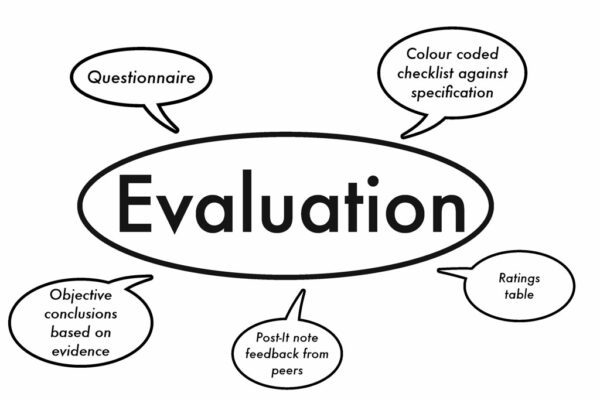
Monitoring of student performance
Students undergo continuous evaluation, starting with an initial assessment of their learning level. Further assessments occur after each of the 8 course modules, with a final assessment at the course end. This mapping helps identify strengths and weaknesses, allowing targeted reinforcement. Students can redo the course or advance to a higher level based on their confidence.
